How is this sago different?
The Solomon’s sago palm that occurs in the North Solomon province and the Solomon Islands is quite different from the sago that grows in other areas of Papua New Guinea. It has a different scientific name. The scientific name is Metroxylon salomonense. Originally, the sago in North Solomon Province was called Metroxylon bougainvillense, but now that name is not correct as the plant is the same as the one in the Solomon Islands.
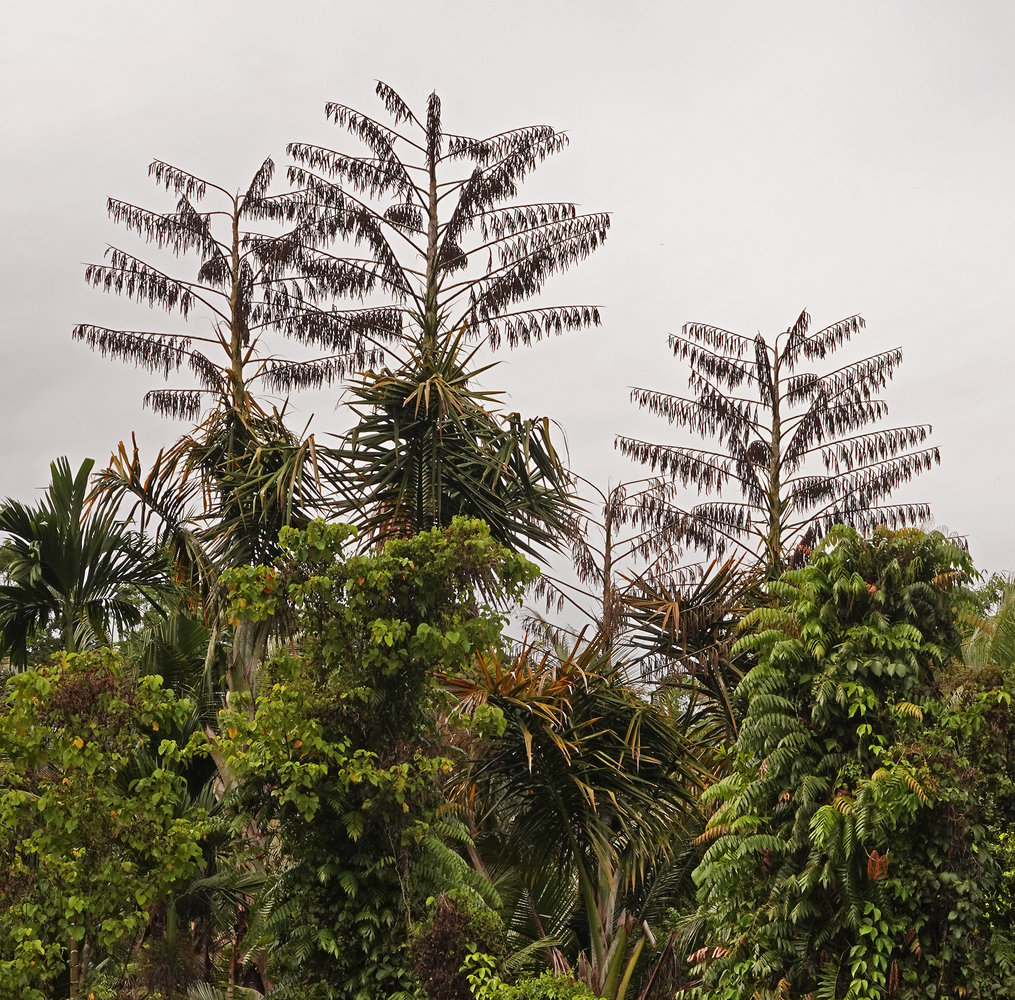
How is it different?


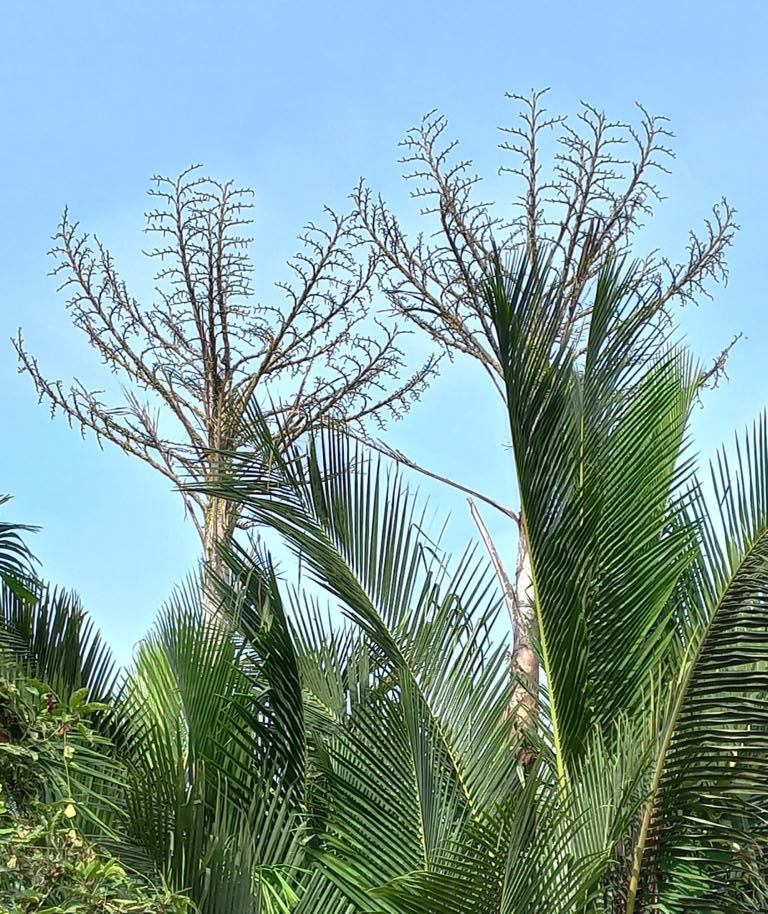
The leaves or fronds of this sago palm are much larger than those of the other Papua New Guinea sago palm. As well, the seeds are much larger, and this sago does not produce suckers. The stem of Solomon’s sago is also larger, and the flower at the top of the palm is very large.
Growing Solomon Island sago.
This sago is grown from seeds, and it does not produce suckers. The seeds are large – up to 6 cm or more across.

This sago normally grows in drier sites than the normal sago in Papua New Guinea. The seeds are often planted on a bank or along a ridge away from a creek or swamp. It still grows quite well on these sites.
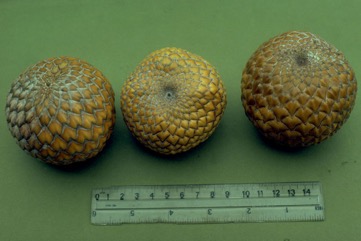
How is it used?
This sago is harvested, pounded, and washed, and the starch is collected in much the same way as other sagos. In Bougainville, people normally only use it during times of food shortage. Or when they wish to hold a feast and need large amounts of food.
________________________________________________________________________________________________________________
Text and all photos at this article © Food Plant Solutions. The professional background and contact information of the author of this article can be found here.
.



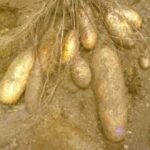
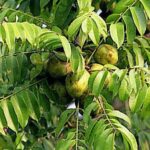
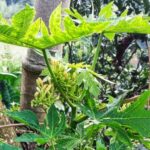
2 comments
Ian Hughes
An addition:
When interviewing in SW PNG years ago I waded through swamp to reach villages for whom sago pith was a staple. Some protein and fat was gained by allowing some felled ‘logs’ to hatch sago-beatle larvae which were cooked in the large sago-cakes. The ‘cakes’, bound up tightly, were preserved by submersion in water.
Kurt Hoelzl
Hi Ian,
Thx for your comment. Please also see my article about Sago in PNG at this link on our website: https://bushguide101.com/sago-staple-food-in-parts-of-papua-new-guinea/.
There, you can also find some photos of what you are describing. Kindest, Kurt